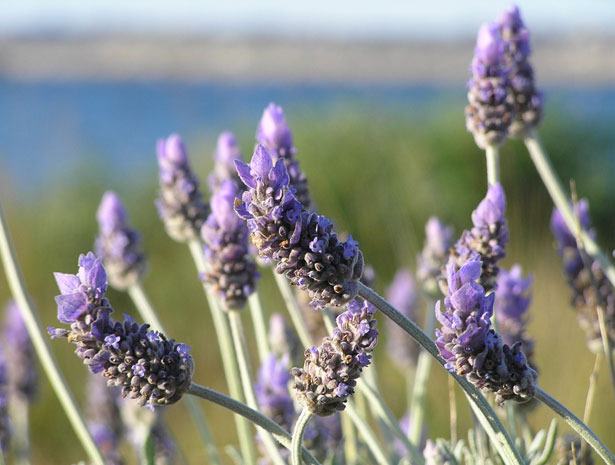Everything is coming up purple in Sequim and this week is the peak of purple season. In fact, this weekend is the 20th time we’ve celebrated lavender with a festival, which started humbly but now attracts tens of thousands of visitors to our pretty, blue-hued spot on the planet.
A spot which, like Provence, is perfectly suited for those purple plants that prefer little rain. Sequimites proudly proclaim a blue hole in the cloudy sky. Plus, our planetary spot features the sandy soils preferred by lavender, a product of floodplains and gravel bars formed by the Ice Age Dungeness River.
Back to water, given the theme of this column …
Sequim has a love-hate thing with precipitation. Last summer we loved it, this summer we’re tired of the cool and wet. In winter, we love our rainshadow, but at the same time hope for snow in the hills.
Perennially, we think about water: Will my well make it through the summer? Will the salmon make it upstream this fall? Will that storm flood our road? How does the snowpack look? (Where else can one predict the future by looking at the mountains a few miles away?)
Our original annual festival (the oldest in the state) in May celebrates water — irrigation water from the Dungeness River, which made the farming industry possible and is highly worth an annual party. The ditch diggers and pioneer families of a century ago paved the way for today’s lavender farms.
They couldn’t have imagined that salmon wouldn’t always be plentiful or that irrigation would need to be curtailed. Yet another reason that lavender is so apropos: It is highly sustainable since it needs barely any irrigation.
“Sunny Sequim” has blossomed along with lavender farms over the past 20 years: The population in the city limits has risen from about 4,000 to 7,000, the bypass was installed and our main street has passionately taken back “small-town friendly.” Indeed, Sequim Public Works has installed miles of purple pipes and fire hydrants as well!
Hang on — purple pipes are buried under the streets?
Purple happens to be the color adopted internationally by the recycled water domain. Anytime a hydrant, spigot or tap is purple it means it’s delivering reclaimed water — wastewater that has been treated and filtered to the degree people need for its intended use.
Next time you’re enjoying a performance at the city bandshell, note the purple-painted fire hydrants and enjoy the well-irrigated grass!
We’re so purple it’s practically a brand for Sequim, from purple plants to purple pipes, the aromatic purple haze puffing past the blue hole.
Now, should you start to hum a certain Jimi Hendrix guitar riff to yourself, smile to imagine a new theme song …
’Scuse me, while I kiss the sky …
Geek moment
Snow depth at the Dungeness SNOTEL site, elev. 4,000 ft. = DRY (since late March, several weeks early)
Cumulative rainfall in Sequim for the water year (starting Oct. 1) = 19.4 inches (above average) (at Sequim Water Reclamation Facility, elev. 45 ft.)
Streamflow in the Dungeness River (on July 7) = 342 cubic feet per second (way below average, due to cooler temperatures = slower melting and not much snow)
Ann Soule is a licensed hydrogeologist immersed in the Dungeness watershed since 1990. She now works for City of Sequim. Reach her at columnists@sequimgazette.com.



